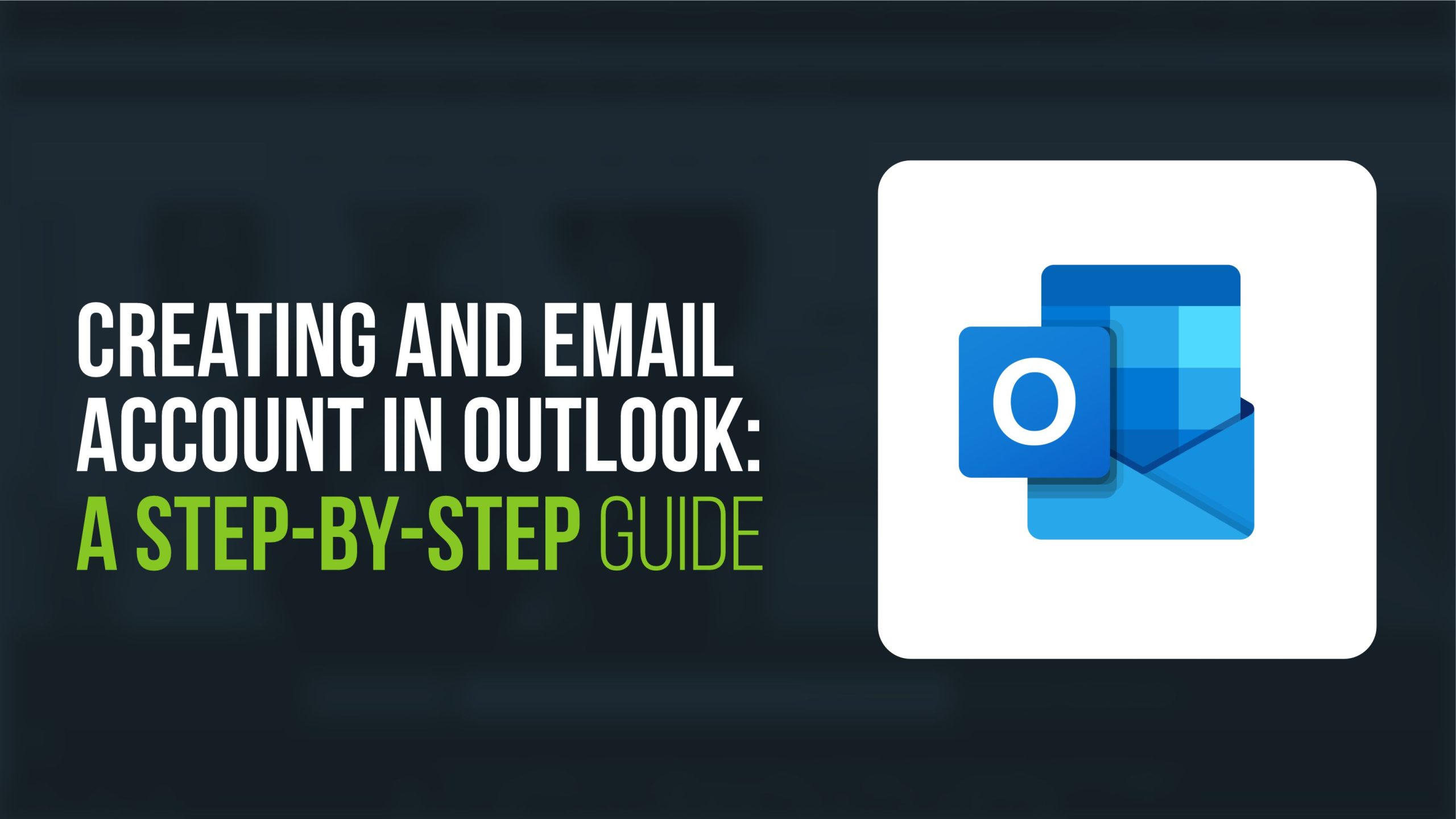
Email Outlook: An Overview
Microsoft Outlook is a personal information manager from Microsoft, available as a part of the Microsoft Office suite. Although it is primarily an email application, it also includes a calendar, task manager, contact manager, note-taking, journal, and web browsing capabilities.
Key Features of Microsoft Outlook
Email Management:
Sending and Receiving Emails: Outlook allows you to send and receive emails, manage your inbox, and organize your messages using folders.
Multiple Email Accounts: You can add and manage multiple email accounts from various providers (like Gmail, Yahoo, and corporate email servers) in one place.
Calendar:
Scheduling Meetings and Appointments: Outlook’s calendar feature allows you to schedule meetings, appointments, and events.
Reminders: You can set reminders for your events and tasks to ensure you never miss important dates.
Sharing Calendars: You can share your calendar with colleagues, friends, and family to coordinate schedules easily.
Task Management:
To-Do Lists: Create, manage, and prioritize to-do lists.
Task Tracking: Assign tasks to yourself or others and track their progress.
Contact Management:
Address Book: Store and organize contact information, including email addresses, phone numbers, and addresses.
Groups: Create groups for easier communication with multiple contacts.
Notes and Journals:
Note-Taking: Use Outlook to jot down quick notes or maintain more detailed information.
Journal Entries: Keep a journal of your daily activities and interactions.
Integration with Microsoft Office:
Seamless Integration: Outlook integrates seamlessly with other Microsoft Office applications like Word, Excel, and PowerPoint, allowing for easy sharing and collaboration.
Security Features:
Spam Filtering: Advanced spam filtering to keep unwanted emails out of your inbox.
Encryption: Email encryption to secure sensitive information.
Phishing Protection: Tools to help protect against phishing attempts.
Customizable Interface:
Personalization: Customize the layout, themes, and organization of your Outlook interface to suit your preferences.
Setting Up Email in Outlook
To set up an email account in Outlook, follow these steps:
Step 1: Open Outlook
Launch Outlook: Open Microsoft Outlook on your computer. If this is your first time using Outlook, you will be prompted to add an account right away. If you are already using Outlook, go to file in the top-left corner and select Add Account.
Step 2: Add a New Account
Add Account: In the Account Information screen, click on Add Account.
Step 3: Enter Your Email Address
Enter Email Address: In the pop-up window, type your full email address (e.g., yourname@yourdomain.com).
Click Connect: After entering your email address, click the Connect button.
Step 4: Choose Account Type
IMAP or POP3: Select the type of email account you are setting up. Generally, IMAP is preferred because it allows you to sync your emails across multiple devices. POP3 downloads your emails and stores them locally on a single device.
Step 5: Enter Incoming Mail Server Settings
IMAP Settings:
Incoming mail server: imap.yourdomain.com
Port: 993
Encryption method: SSL/TLS
POP3 Settings:
Incoming mail server: pop.yourdomain.com
Port: 995
Encryption method: SSL/TLS
Step 6: Enter Outgoing Mail Server (SMTP) Settings
Outgoing mail server: smtp.yourdomain.com
Port: 465 or 587
Encryption method: SSL/TLS for port 465 or STARTTLS for port 587
Step 7: Authentication
Outgoing Server Authentication: Ensure that the option Outgoing server (SMTP) requires authentication is checked.
Same Settings: Use the same settings as your incoming mail server.
Step 8: Enter Login Credentials
Username: Enter your full email address (e.g., yourname@yourdomain.com).
Password: Enter your email account password.
Step 9: Test Account Settings
Test Settings: Click Next to let Outlook test your account settings. Outlook will attempt to send a test email to confirm that your settings are correct.
Finish Setup: If the test is successful, you will see a success message. Click Finish to complete the setup.
Step 10: Additional Configuration (Optional)
Advanced Settings: If you need to adjust any advanced settings (e.g., custom ports, additional security options), you can do so by clicking on More Settings during the setup process.
Folders: Make sure that your sent, drafts, and trash folders are correctly mapped to the corresponding folders on the mail server.
Troubleshooting Tips
Double-Check Credentials: Ensure that your email address and password are entered correctly.
Correct Server Details: Verify that you have the correct incoming and outgoing server details.
Firewall and Antivirus: Sometimes, firewall or antivirus software can interfere with email setup. Temporarily disable them to see if they are causing the issue.
Internet Connection: Ensure you have a stable internet connection during the setup process.
By following these steps, you should be able to successfully create and configure your email account in Microsoft Outlook. If you encounter any issues, refer to the troubleshooting tips or contact your email service provider for further assistance. With your email account set up in Outlook, you can now manage your emails efficiently and take advantage of Outlook’s powerful features.
